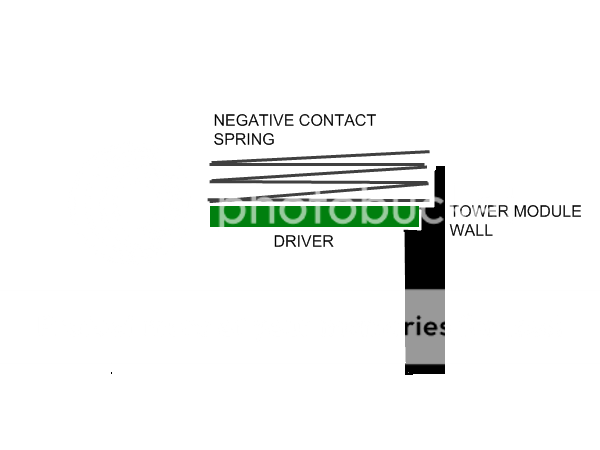Justin Case
Flashlight Enthusiast
- Joined
- Mar 19, 2008
- Messages
- 3,797
Unless there is compelling data showing that copper has a real (not just a theoretical) advantage vs aluminum, I would not want to pay the price premium. Of course copper has an advantage in terms of thermal properties for the material. But you have assess performance as a system, and that means introducing real world interfaces and gaps where the tower contacts the TH. I personally would not goop up those interfaces with thermal compound. Very messy and easy to extrude some compound onto the reflector. And there is also the LED/tower interface, which most likely won't be a reflowed contact, but instead will use thermal epoxy.
A long tower that can be shimmed at the flange is an interesting approach. Certainly it is flexible wrt various LEDs.
One size tower for any LED. Just use the right shim. Downside is that the shim is a loose part. A shim glued to the tower stem won't get lost. Downside to a glued shim is the introduction of more thermal resistance at the LED/tower interface.
Note that if cost really is no object, IMO you'd design the tower using the ARCMania/AW design, not the Netkidz. The Shoppe's 14 mm drivers are more efficient than any DX or KD 17 mm driver I've tried, plus The Shoippe offers boost, boost/buck, and buck drivers.
A long tower that can be shimmed at the flange is an interesting approach. Certainly it is flexible wrt various LEDs.
One size tower for any LED. Just use the right shim. Downside is that the shim is a loose part. A shim glued to the tower stem won't get lost. Downside to a glued shim is the introduction of more thermal resistance at the LED/tower interface.
Note that if cost really is no object, IMO you'd design the tower using the ARCMania/AW design, not the Netkidz. The Shoppe's 14 mm drivers are more efficient than any DX or KD 17 mm driver I've tried, plus The Shoippe offers boost, boost/buck, and buck drivers.


